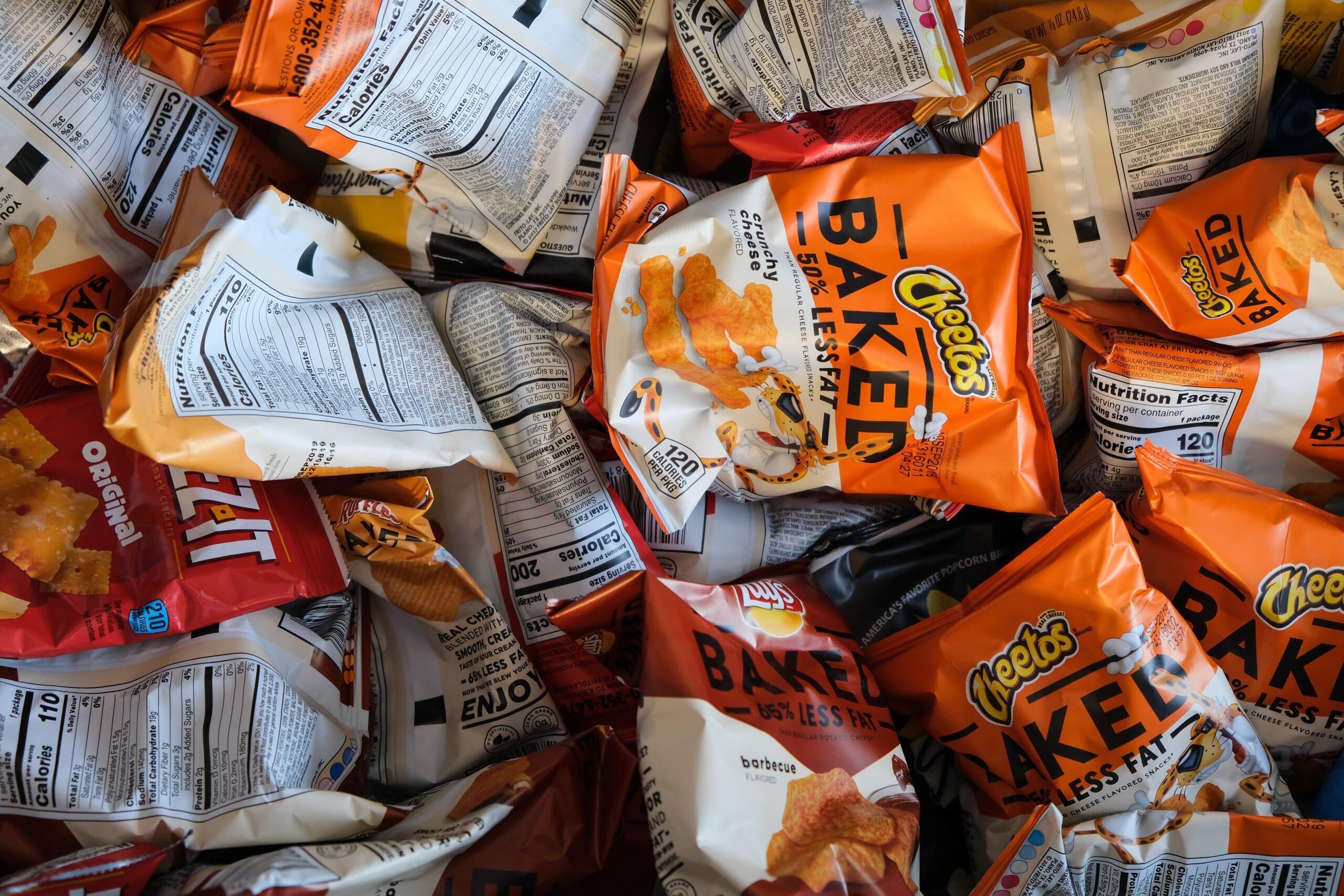Though finicky eating may be a toddler’s rite of passage, it is also one of the more trying times for parents. Ease some of your exasperation with these dos and don’ts to help instill normal, healthy eating habits in your kids.
Do get your child involved in the food preparation process.
Kids tend to feel a sense of control if they are allowed to assist with washing vegetables, mixing the contents of a bowl or doing a similar age-appropriate activity in the kitchen. And as persnickety eating is sometimes related to control, children may be more apt to eat what they aid in preparing.
Don’t use food as a reward.
Offering food as a reward, like promising children candy if they eat their greens, puts the candy on a pedestal, making it seem more desirable than vegetables. Additionally, kids may expect candy every time they eat even a small amount of veggies in the future.
Do provide a choice.
Rather than simply preparing your meal, get your children’s input with a two-choice question, such as “Would you like your vegetables cooked or raw?” or “Would you prefer cereal or eggs?” Again, this gives youngsters a feeling of control, making them less likely to engage in finicky eating behaviors.
Don’t force your kids to finish their food.
Pushing young eaters to clean their plates teaches them to ignore feelings of fullness. In turn, this can encourage overeating. Since toddlers tend to eat only when hungry, trust that they’ve had enough— even if there is some food left over.
Do make food fun.
Food is more appealing when it looks better. This may mean cutting vegetables into figures, such as hearts and stars, or transforming a mound of brown rice into a snowman. Less elaborate options can work just as well. Instead of basic spaghetti, try whimsically shaped pastas, including noodles comprised of alphabet letters or bow ties.
Don’t focus on the short-term.
Because little ones have erratic eating habits, the amount of food they consume and its nutritional properties generally varies from day to day. Rather than making sure fussy eaters get all their nutrients for a day, make sure they get them for the week. A specific nutritional deficit one day will likely be compensated for the next.
Do keep food readily available.
It may be difficult for a toddler to sit through an entire meal, but that doesn’t mean they’re not hungry at other times. Offer a variety of healthy snacks throughout the day. This not only helps your child get necessary nutrients, it also keeps blood sugar high, alleviating moodiness.
Don’t give in.
While it may be easier to be a short-order cook than to cook just one item that your child agrees to eating, this only reinforces stubborn habits at the table. After all, you may have to introduce a new food to a toddler several times before he finally eats it. Be consistent in planning, making and serving family meals.
Do be a good role model.
Kids mimic their parents. Therefore, observing mommy and daddy eating a variety of healthy foods in appropriate portions inspires good eating habits down the line.
Don’t settle for basic recipes.
You can camouflage healthy fare in kid-friendly dishes. Check out thesneakychef.com for some ideas that hide nutritional ingredients in yummy meals that kids crave.






